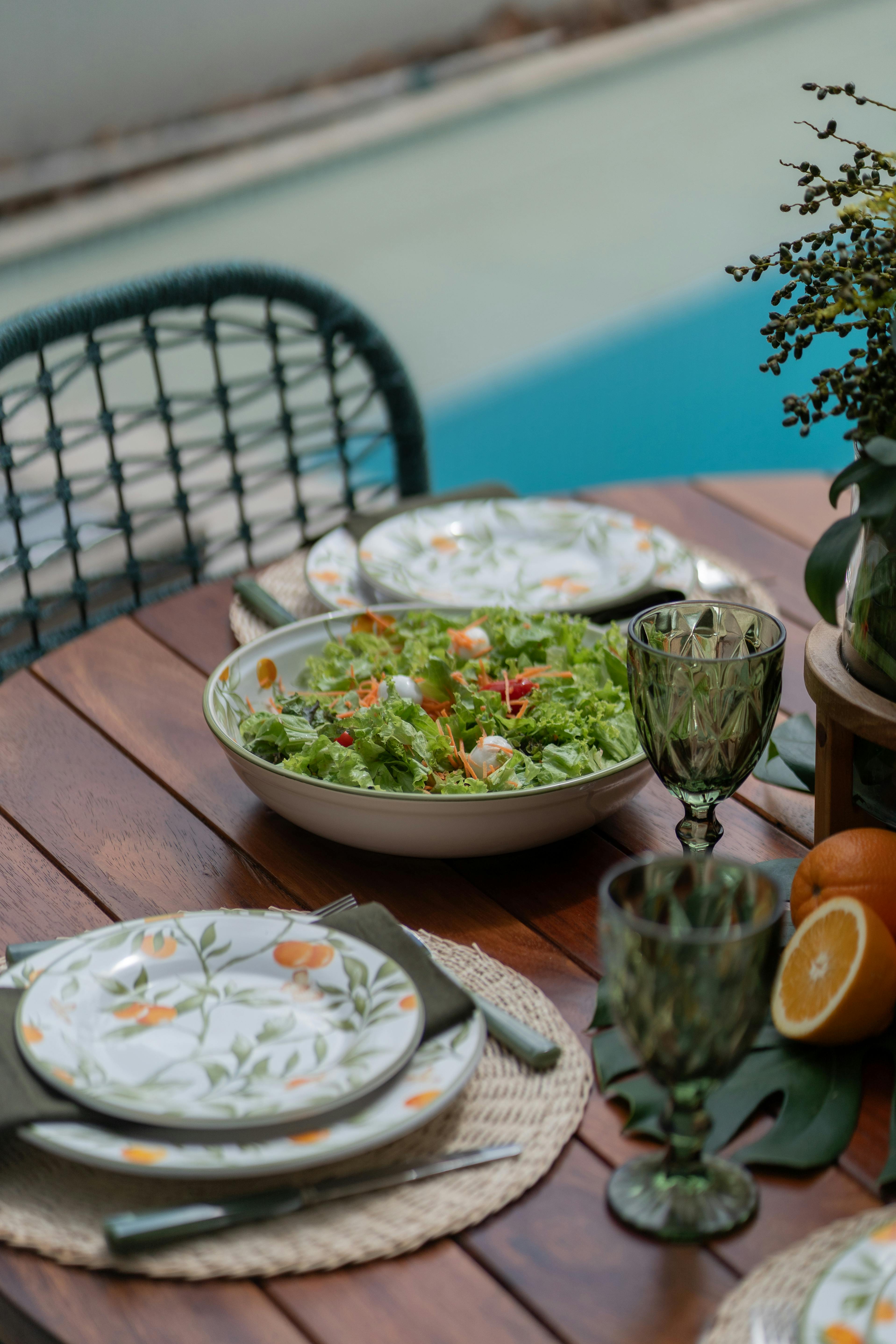Imagine this scenario: you’re hosting a dinner party and have decided to cook a delectable chicken dish for your guests. As the savory aromas fill your kitchen, you start to wonder if the chicken is fully cooked on the inside. Fret not, because the answer lies in the ingenious gadget known as a meat thermometer. This seemingly simple tool can be a game-changer, ensuring that your chicken is cooked to perfection, juicy and tender. Join us as we uncover the magic of using a meat thermometer in chicken, unlocking a world of culinary delights and eliminating any guesswork.
Table of Contents
Why Use a Meat Thermometer?
Ensures Safe Cooking
Using a meat thermometer is crucial when cooking chicken to ensure that it reaches a safe internal temperature. Chicken, like any poultry, can carry harmful bacteria such as Salmonella or Campylobacter. These bacteria are killed when chicken is cooked to the appropriate temperature. By using a meat thermometer, you can accurately measure the internal temperature and ensure that the chicken is safe to eat.
Prevents Overcooking
One of the main benefits of using a meat thermometer is that it helps prevent overcooking. Overcooked chicken can be dry, tough, and lacking in flavor. By measuring the internal temperature, you can cook the chicken to perfection, taking it off the heat as soon as it reaches the recommended temperature. This ensures that the chicken remains juicy, tender, and delicious.
Maintains Moisture in Chicken
Using a meat thermometer also helps maintain the moisture in chicken. By cooking the chicken to the correct temperature, you preserve the juices inside the meat, resulting in a more succulent and flavorful chicken. This is especially important when cooking poultry, as it has a tendency to become dry if overcooked. With a meat thermometer, you can avoid dry chicken and enjoy moist and flavorful meat.
How to Use a Meat Thermometer in Chicken
Choose the Right Type of Meat Thermometer
Before using a meat thermometer, it’s important to choose the right type for the job. There are several types of meat thermometers available, each with its own benefits. Instant-read thermometers provide quick and accurate temperature readings, while digital probe thermometers allow you to monitor the temperature continuously. Leave-in thermometers are designed to be inserted into the chicken before cooking, and oven-safe thermometers can be left in the chicken throughout the cooking process. Consider your needs and preferences when selecting a meat thermometer for cooking chicken.
Inserting the Thermometer Correctly
To use a meat thermometer effectively, it’s essential to insert it correctly into the chicken. For accurate temperature readings, insert the probe into the thickest part of the chicken, avoiding any bones. Make sure the probe is inserted deep enough to reach the center of the meat without touching the bottom of the pan or grilling surface. Taking the temperature at the correct location ensures an accurate reading and prevents undercooking or overcooking.
Taking Temperature Reading at the Right Location
When using a meat thermometer in chicken, it’s important to take the temperature reading at the right location. The thickest part of the chicken, usually the breast or thigh, is the best spot to measure the internal temperature. This is because these areas take longer to cook and require more accurate temperature monitoring. By taking the reading at the right location, you can ensure that the chicken is cooked to perfection and avoid any food safety risks.
Interpreting the Temperature
Once you have inserted the meat thermometer and obtained a temperature reading, it’s crucial to interpret the temperature correctly. Different types of chicken have different recommended internal temperatures. For example, chicken breasts should be cooked to an internal temperature of 165°F (74°C), while whole chickens should reach 180°F (82°C). Consult a reliable source or food safety guidelines to determine the appropriate internal temperature for the type of chicken you are cooking. By interpreting the temperature correctly, you can ensure that the chicken is both safe to eat and perfectly cooked.
Cleaning and Storing the Thermometer
After each use, it’s important to clean your meat thermometer properly. Wash the probe with warm, soapy water, making sure to remove any food residue. Rinse thoroughly and sanitize if necessary. Check the manufacturer’s instructions for specific cleaning guidelines. Once clean, store the meat thermometer in a safe and dry place to keep it in good condition for future use. Proper cleaning and storage of your meat thermometer ensure its longevity and accuracy.
Benefits of Using a Meat Thermometer in Chicken
Accurate Temperature Measurement
Using a meat thermometer provides accurate temperature measurement, giving you confidence in your cooking. By relying on precise temperature readings, you can eliminate any guesswork and ensure that the chicken is perfectly cooked. This accuracy leads to consistent results and a better cooking experience overall.
Consistently Juicy and Tender Chicken
Cooking chicken to the correct internal temperature ensures that it remains juicy and tender. Overcooking can dry out the meat and result in a tough texture, while undercooking can leave the chicken raw and unsafe to eat. By using a meat thermometer, you can consistently achieve juicy and tender chicken that is safe to consume.
Prevents Undercooking
Using a meat thermometer helps prevent undercooking, which can be a significant food safety risk. Consuming undercooked chicken can lead to foodborne illnesses caused by harmful bacteria. By accurately measuring the internal temperature, you can avoid the dangers of undercooked meat and protect yourself and your loved ones from potential health hazards.
Avoids Dry and Overcooked Chicken
Using a meat thermometer also helps you avoid dry and overcooked chicken. When chicken is cooked beyond the recommended internal temperature, it loses its natural juices and becomes dry and unappetizing. By monitoring the temperature and removing the chicken from the heat at the right moment, you can avoid dry and overcooked meat, resulting in a much more enjoyable dining experience.
Different Types of Meat Thermometers
Instant-Read Thermometers
Instant-read thermometers are designed for quick temperature readings. They are inserted into the chicken and provide an instant display of the internal temperature. These thermometers are ideal for checking the doneness of cooked chicken or for spot-checking various parts of the meat.
Digital Probe Thermometers
Digital probe thermometers are versatile and reliable. They consist of a metal probe connected to a digital display unit. The probe is inserted into the chicken, and the temperature is constantly displayed on the unit. Digital probe thermometers allow you to monitor the internal temperature continuously, making them ideal for longer cooking processes such as roasting or smoking.
Leave-In Thermometers
Leave-in thermometers are designed to be inserted into the chicken before cooking and remain in place throughout the entire cooking process. These thermometers allow you to monitor the temperature without repeatedly opening the oven or grill, maintaining a consistent cooking environment. Leave-in thermometers are perfect for cooking large cuts of chicken or whole chickens.
Oven-Safe Thermometers
Oven-safe thermometers are specifically designed to withstand high oven temperatures. They can be inserted into the chicken and remain inside during the entire cooking process. Oven-safe thermometers ensure accurate temperature readings without the risk of damaging the thermometer or the chicken.
Recommended Meat Thermometers for Chicken
ThermoPro TP-16 Digital Cooking Thermometer
The ThermoPro TP-16 Digital Cooking Thermometer is a reliable and accurate option for cooking chicken. It features a large temperature display, a wide temperature range, and a durable probe. With its easy-to-use design, it ensures precise temperature measurement and helps you achieve perfectly cooked chicken every time.
Lavatools Javelin PRO Duo Ambidextrous Backlit Instant Read Digital Meat Thermometer
The Lavatools Javelin PRO Duo Ambidextrous Backlit Instant Read Digital Meat Thermometer is a versatile and efficient choice for checking the internal temperature of chicken. It provides quick and accurate readings within seconds, and its backlit display makes it easy to read in any lighting conditions. With its ambidextrous design and high-quality construction, it is a reliable companion for cooking delicious chicken.
Maverick XR-50 Wireless Remote Digital Cooking Meat Thermometer
The Maverick XR-50 Wireless Remote Digital Cooking Meat Thermometer offers convenience and precision when cooking chicken. Its wireless capability allows you to monitor the temperature from a distance, eliminating the need to stay close to the grill or oven. With its dual probe design and remote receiver, it is an excellent choice for grilling or smoking chicken to perfection.
Tips for Perfectly Cooked Chicken Using a Meat Thermometer
Know the Safe Internal Temperature
It is crucial to know the safe internal temperature for different types of chicken. As a general guideline, chicken breasts should be cooked to an internal temperature of 165°F (74°C), while whole chickens should reach 180°F (82°C). However, certain factors such as brining or marinating may affect the recommended temperatures. Refer to reliable sources or food safety guidelines for specific temperature recommendations based on the type and preparation of the chicken you are cooking.
Allow for Resting Time
After removing the chicken from the heat, allow it to rest for a few minutes before serving. Resting allows the juices to redistribute throughout the meat, resulting in a more flavorful and moist chicken. Use this time to tent the chicken with foil to retain its heat and to prevent any significant temperature drop. Resting the chicken is an essential step to achieve the best possible texture and taste.
Avoid Overinsertion of the Thermometer
When inserting the meat thermometer, avoid overinsertion as it may lead to inaccurate temperature readings. Insert the probe only deep enough to reach the center of the thickest part of the chicken without touching any bones. This ensures that the thermometer accurately measures the internal temperature of the meat, providing you with reliable results.
Consider Thickness and Size of the Chicken
The thickness and size of the chicken will affect the cooking time and internal temperature. Thicker cuts of chicken may require longer cooking times to reach the safe internal temperature, while smaller pieces may cook more quickly. Adjust your cooking time and monitor the temperature accordingly to ensure that all parts of the chicken are safely and evenly cooked.
Common Mistakes to Avoid when Using a Meat Thermometer
Not Calibrating the Thermometer
Failing to calibrate your meat thermometer can lead to inaccurate temperature readings. Calibration is essential for ensuring that the thermometer provides precise measurements. To calibrate, follow the manufacturer’s instructions or use the ice water method. Regular calibration ensures the accuracy of your thermometer and guarantees reliable results.
Taking Temperature too Early
Taking the temperature too early can lead to undercooked chicken. To ensure accuracy, wait until the chicken is nearly done before inserting the meat thermometer. Inserting it too soon can result in an inaccurate reading, as the temperature will continue to rise during the cooking process. Patience is key to achieving perfectly cooked chicken.
Using the Wrong Part of the Chicken for Measurement
Using the wrong part of the chicken for temperature measurement can lead to unreliable results. The thickest part of the breast or thigh is the most accurate location to measure the internal temperature. Avoid inserting the thermometer near bones or fatty areas, as these may give false readings. By measuring the temperature in the correct location, you ensure that the chicken is cooked thoroughly and to the proper doneness.
FAQs about Using Meat Thermometers in Chicken
Can I leave the meat thermometer in the chicken while it cooks?
It depends on the type of meat thermometer you are using. Leave-in thermometers and oven-safe thermometers can be safely left in the chicken during the cooking process. These thermometers are specifically designed to withstand the cooking temperatures and allow you to monitor the temperature continuously without opening the oven or grill. However, instant-read thermometers and digital probe thermometers should not be left in the chicken while it cooks, as they are not designed for prolonged exposure to high temperatures.
Can a meat thermometer be used for other types of meat?
Yes, a meat thermometer can be used for other types of meat as well. While the recommended internal temperatures may vary, the principles of using a meat thermometer remain the same. Whether you are cooking beef, pork, lamb, or any other type of meat, using a meat thermometer will help you achieve the desired level of doneness and ensure food safety.
Can I reuse a meat thermometer after touching raw chicken?
It is essential to properly sanitize a meat thermometer after it has come into contact with raw chicken. Wash the probe with warm, soapy water to remove any traces of raw chicken. Rinse thoroughly and sanitize if necessary. By cleaning the thermometer thoroughly, you can prevent the spread of harmful bacteria and use it safely for other cooking applications.
Do I need a meat thermometer if I always follow cooking times?
While following cooking times can give you a general idea of when the chicken should be done, relying solely on cooking times can be risky. Different factors, such as variations in oven temperatures or the size of the chicken, can affect the actual doneness. Using a meat thermometer ensures accurate temperature measurement, eliminating any guesswork and providing you with the confidence that the chicken is safely cooked.
Conclusion
Investing in a good meat thermometer is essential for perfectly cooked chicken. By using a meat thermometer, you can ensure safe and delicious chicken every time. The accurate temperature measurements obtained through a meat thermometer not only prevent foodborne illnesses but also result in juicy, tender, and flavorful chicken. Experiment with different thermometers and techniques to find your preferred method, and enjoy the confidence of cooking chicken to perfection. Happy cooking!



